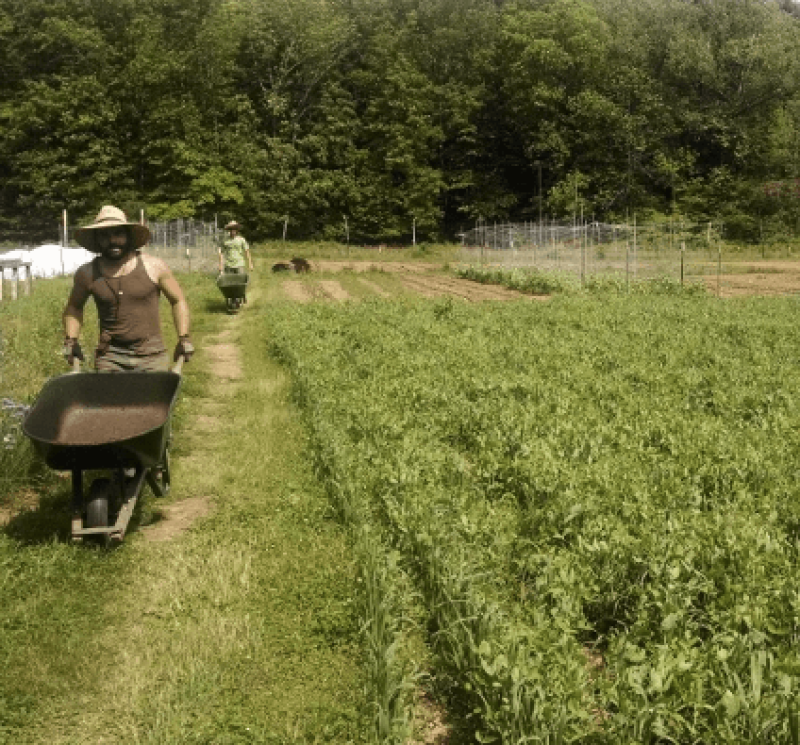The GLP aggregated and excerpted this blog/article to reflect the diversity of news, opinion and analysis.
We think of climate change as a consequence of burning fossil fuels. But a third of the carbon in the atmosphere today used to be in the soil, and modern farming is largely to blame. . .
Remarkably, though, restoring carbon to the soil is not nearly as complicated as rethinking our transportation systems or replacing coal with renewable energy. Innovative farmers such as Will Allen already know the recipe.
He and his team place “cover crops” in their fields, planting things like oats, rye and beans between rows of vegetables. This practice keeps carbon, nitrogen and other organic nutrients in the soil. “Keeping as much ground covered with plants as long as possible allows photosynthesis to draw down atmospheric carbon into soils,” Allen says. A bare field, in contrast, represents a waste of photosynthetic potential. . .
. . . Studies have shown that cover cropping, crop rotation and no-till farming could restore global soil health while significantly decreasing farms’ carbon footprint. Some scientists project that 75 to 100 parts per million of CO2 could be drawn out of the atmosphere over the next century if existing farms, pastures and forestry systems were managed to maximize carbon sequestration. . .
Current federal policy. . . Limits the growing season for cover crops on the theory that they waste farmers’ time and resources on products that can’t be sold. . . But viewing cover crops as a benefit instead of an impediment to cash crops would be the kind of climate-smart policy we need.
Read full, original post: A secret weapon to fight climate change: dirt































